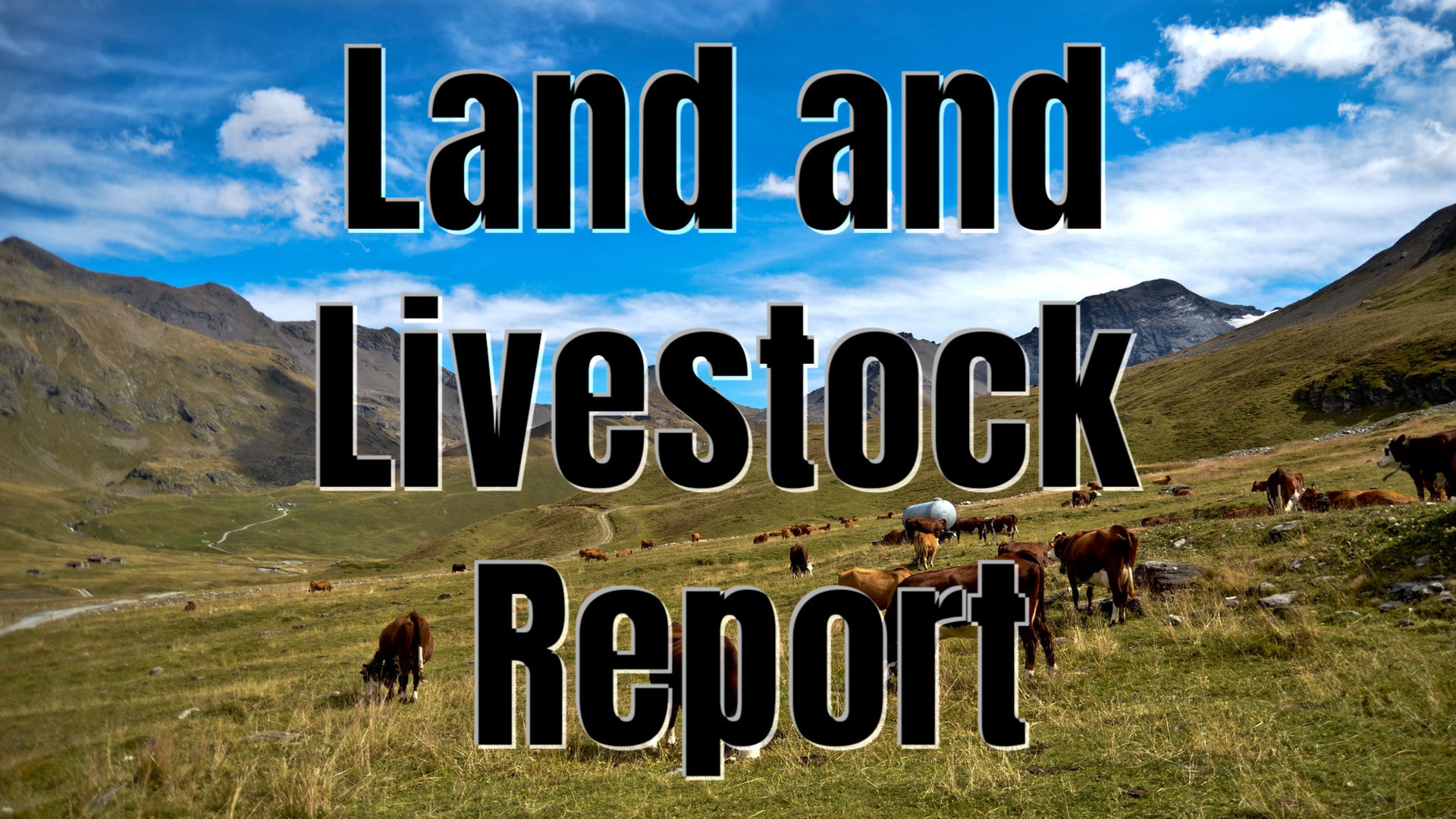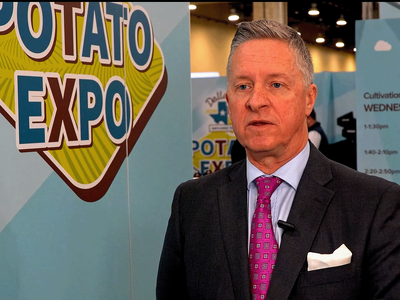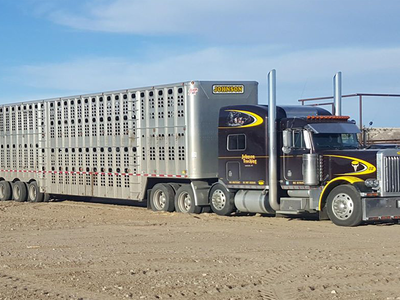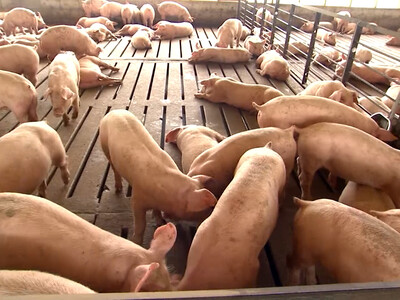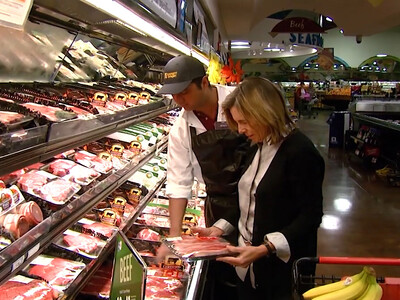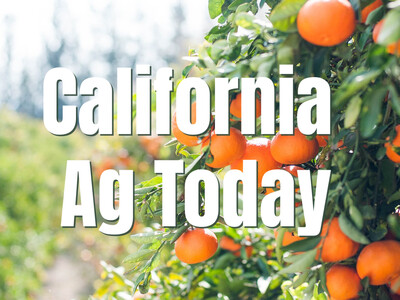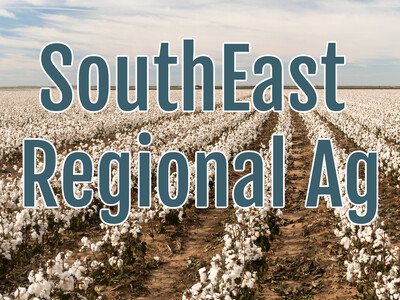Historical Perspective of Rangeland Management
Too often public land management doesn’t take a long range perspective — or sometimes as the public’s perception changes so does national policy. As the Sage Grouse and its habitat continue in the headlines, today we will take a look in historical rangeland conditions in the West.
USDA Agricultural Research Services Research Leader Dr. Tony Svejcar shares an interesting look back on the rangeland conditions approximately 130 years.
Svejcar: “We look at the grazing that occurred in the late 1800s and early 1900s, some of the species we are worried about now if they were as devastated by grazing as some people like to lead on, they would not be here yet. You read some of the accounts of what was happen in late 1800s and early 1900s there was tremendous resource damage then. You can buy into this sort of sensitive ecosystem concept but when you read the conditions back then and realize how much damage we did then — a lot of it was damaged caused by really bad policy coming out of Washington at the time — it is pretty amazing that these systems have recovered like they have.”
Too often cattle and their grazing of the rangeland are an easy target to accuse of harming the Sage Grouse habitat — Svejcar adds
Svejcar: “Some of these species that have survived through all that, makes me wonder if grazing is the underlying problem or if there is something else going on.”


